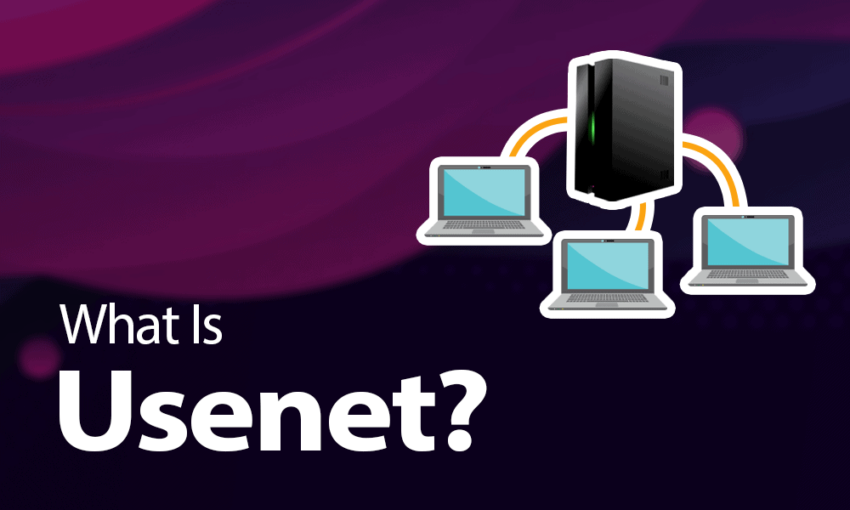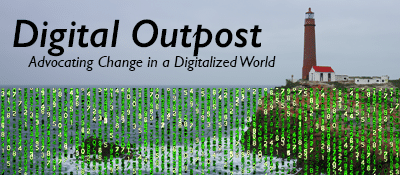The Birth of Usenet: A Chronicle of Early Internet

This article was written by Warren Lavallee, the initial author of NNTPLink, a UVV member back in the 90’s, and the volunteer votetaker for soc.culture.indian.jammu-kashmir who received bomb threats.
Introduction
Usenet, originally developed in 1979 by two graduate students, Tom Truscott and Jim Ellis, at the University of North Carolina, served as a pivotal piece of internet history, helping to shape the modern landscape of digital communication.
This essay will delve into the birth of Usenet, its underlying technology UUCP, the migration to internet-based protocols such as NNTP, and the role of influential entities like NNTPLINK, UUNET, and Samsung’s Usenet site.
UUCP: The Foundation of Usenet
UUCP, or Unix-to-Unix Copy, was the foundational technology upon which Usenet was built. Created in 1976 at AT&T’s Bell Labs, UUCP was designed to allow Unix systems to copy files and execute commands on remote systems.
Truscott and Ellis leveraged UUCP to create the Usenet network, a system that functioned by transporting articles between nodes via dial-up modems. This formed a decentralized network of Unix systems, connected by telephone lines, where users could post messages to newsgroups that would then be copied and propagated to other nodes in the network.
Usenet’s Migration Over the Internet
In the late 80s, as the internet was beginning to grow, Usenet began its migration over to the internet. One of the key facilitators of this migration was the Network News Transfer Protocol (NNTP). Usenet was a STORE and FORWARD system. Each Usenet article existing on each Usenet server world wide. Server admins controlled which “groups” they had, and how long they kept the articles.
NNTP and the Internet Migration
NNTP was designed to replace UUCP as the protocol for the distribution, inquiry, retrieval, and posting of Usenet news over the internet. Developed in 1986, NNTP enabled the more efficient transfer of Usenet news over TCP/IP connections, which were rapidly becoming the standard for internet communication.
NNTP’s use of the internet, rather than telephone lines, led to faster propagation times and more efficient handling of network traffic. This improved performance was instrumental in expanding the reach and influence of Usenet.
NNTPLINK and UUNET
Two key players in the propagation of Usenet were NNTPLINK and UUNET. NNTPLINK, an open-source NNTP server for Unix and Unix-like systems, was widely used to set up Usenet servers, making the service more accessible to the masses. With NNTPLink a posting could go from coast to coast in under a second. The initial version of NNTPLink was hacked together from NNTPXmit by yours truly. This was later completely rewritten by Stan Barber.
UUNET, on the other hand, was one of the first commercial internet service providers. Founded in 1987, UUNET provided a backbone for many Usenet feeds, further extending the reach of the service. Under the administration of its founder Rick Adams, played a substantial role in the commercialization and expansion of Usenet. Adams recognized the potential of the internet early on, leading to the establishment of one of the earliest and most influential internet service providers. The site administrators under Adams worked diligently to ensure the reliable distribution of Usenet feeds across the expanding web.
Usenet Volunteer Votetakers: Guardians of Democratic Engagement on Usenet
Inception and Early Developments
As a testament to the democratic fabric of Usenet, the Usenet Volunteer Votetakers (UVV) was born amidst the era of ‘The Great Renaming’, an extensive reorganization of Usenet’s newsgroup hierarchy in the late 1980s. The UVV arose out of necessity, aiming to bring a systematic approach to the rapidly multiplying newsgroup proposals.
Key early members, including David C Lawrence, Chuq Von Rospach, and Tim Skirvin, volunteered to manage these proposals. Their tasks included conducting votes, counting them, and announcing the results – a process executed through email, embodying the essence of Usenet’s user-centric approach.
Journey through Challenges and Growth
The journey of UVV was not without its hurdles. As Usenet continued to expand, so did the UVV’s challenges. The procedure of vote-taking, being manual and executed through emails, was laborious and prone to errors. Moreover, the increasing number of newsgroup proposals added more weight to their duties.
However, the UVV stood firm in its commitment, refining its approach to cater to the changing landscape. They formulated more rigorous guidelines for newsgroup proposals and advanced their vote management techniques. The evolution of UVV demonstrated the adaptable and tenacious nature of Usenet’s volunteer community.
The Legacy in the Contemporary Context
Even though Usenet’s prominence has declined in the wake of more modern communication platforms, UVV’s legacy stands unscathed. It continues to represent the democratic ideals that Usenet embodied, reminding us of the times when users had the authority to shape their online communities.
Today, the principles that the UVV stood for still echo in the digital corridors. As modern online platforms grapple with the balance between user engagement and moderation, the UVV’s historical model offers valuable insights. Their commitment to democratic processes and user-centric governance continues to inspire digital communities today and is a beacon for the democratic potential of online spaces.
Political Challenges and Controversies: An Era of Tumult
While the UVV is celebrated for its democratic facilitation, the group was not without controversy. The political challenges the UVV faced were not only indicative of the passions Usenet sparked but also served as a testament to the profound impact the digital age was beginning to have on societal interactions. The most intense of these incidents involved serious threats to member safety, such as bomb threats.
The Era of Bomb Threats
In the mid-1990s, amidst Usenet’s increasing popularity, the UVV found itself facing a grim reality of the digital world. Several members of the UVV received bomb threats via email, showcasing the darker side of the internet era. Cite: widespread voting fraud in creation of soc.culture.indian.jammu-kashmir and the UVV’s response.
While these threats were ultimately determined to be hoaxes, they sent shockwaves through the UVV and the broader Usenet community. It underscored the new type of risks – personal and security – that emerged with the rise of digital communities. Notably, this incident was one of the early instances highlighting the growing importance of cybersecurity, a field that would only become more critical with time.
The bomb threats, although deeply disturbing, did not deter the UVV from their commitment to facilitating democratic processes on Usenet. The volunteers navigated through this challenging period with resilience, maintaining their essential role in the Usenet community.
Implications and Reflections
These incidents were a stark reminder of the depth of divisions that could exist within an online community and the lengths to which some individuals might go to express their disagreement or discontent.
Today, reflecting on these events underlines the importance of fostering respectful and constructive interactions within online communities. The political challenges faced by the UVV serve as a lesson in the complexities of managing and moderating such communities, issues that continue to be relevant in today’s digital era. The UVV’s resilience and unwavering dedication to their mission, despite these challenges, remains an inspiring narrative in Usenet’s history.
Conclusion
The journey of Usenet, from its inception in 1979 to its evolution over the decades, illustrates a compelling tale of digital communication and community-building. Usenet’s development, powered by innovative technologies like UUCP and later NNTP, laid the foundation for the modern internet landscape, fostering user interaction and global connectivity. This journey was shaped not only by technological advancements but also by the relentless efforts of pioneering figures such as Warren Lavallee, Rick Adams, and the Usenet Volunteer Votetakers, who navigated a path through numerous challenges.
Through NNTPLINK and UUNET, Usenet reached millions of users, expanding its influence and promoting the concept of open and decentralized digital communities. Amidst this expansion, the Usenet Volunteer Votetakers (UVV) worked to uphold democratic engagement, demonstrating Usenet’s commitment to user-centric governance. These efforts, while fraught with obstacles including severe threats, showcased the resilience and adaptability of the Usenet community, and its commitment to preserving democratic ideals.
The UVV’s actions continue to reverberate in the present day, as modern digital platforms grapple with issues of user engagement and moderation. Their approach offers valuable insights into fostering democratic participation and constructive interactions within online communities.
While Usenet’s prominence has faded, its legacy endures. It serves as a testament to the democratic potential of online spaces, highlighting the role of user participation in shaping these communities. Despite the challenges, Usenet’s commitment to enabling users to influence their digital environment remains a beacon of inspiration.
In the final analysis, Usenet’s evolution is more than just a chronicle of technological advancements; it embodies the persistent human desire for connection, communication, and community. The experiences drawn from Usenet’s trajectory continue to guide us as we navigate our ever-evolving digital landscape, underlining the importance of democratic participation, respect for differing viewpoints, and resilience in the face of challenges.
#Usenet #InternetHistory #UUCP #NNTP #UUNET #NNTPLINK #UsenetVolunteerVotetakers #OnlineDemocracy #DigitalCommunication #CyberSecurity
